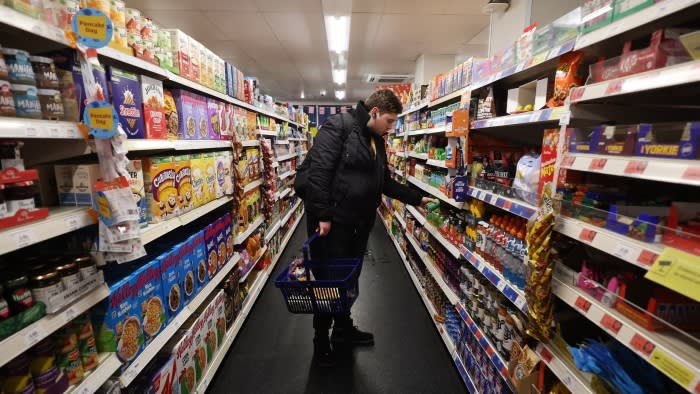Stay informed with free updates
Simply sign up to the UK inflation myFT Digest — delivered directly to your inbox.
UK inflation slowed less than expected in March, fuelling the debate over how soon the Bank of England will start cutting interest rates.
Consumer prices rose at an annual rate of 3.2 per cent, down from 3.4 per cent in February, the Office for National Statistics said on Wednesday. The figure was higher than the 3.1 per cent forecast by economists polled by Reuters and the Bank of England.
Core inflation, which strips out energy, food, alcohol and tobacco, declined to 4.2 per cent in March from 4.5 per cent the previous month. Analysts had expected a decline to 4.1 per cent.
Services inflation, which is closely monitored as an indicator of domestic price pressure, eased slightly from 6.1 per cent to 6 per cent.

The UK data follows higher than expected inflation figures in the US, which prompted markets to slash their bets on how much central banks will cut interest rates this year. In March, UK inflation dropped below that of the US for the first time since early 2022 but remained above the eurozone figure of 2.4 per cent.
The Conservative party has pledged to ease price pressures and trails the Labour party by about 20 points in the opinion polls ahead of the general election expected later this year.
ONS chief economist Grant Fitzner said: “Inflation eased slightly in March to its lowest annual rate for two and a half years. Once again, food prices were the main reason for the fall, with prices rising by less than we saw a year ago. Similarly to last month, we saw a partial offset from rising fuel prices.”
